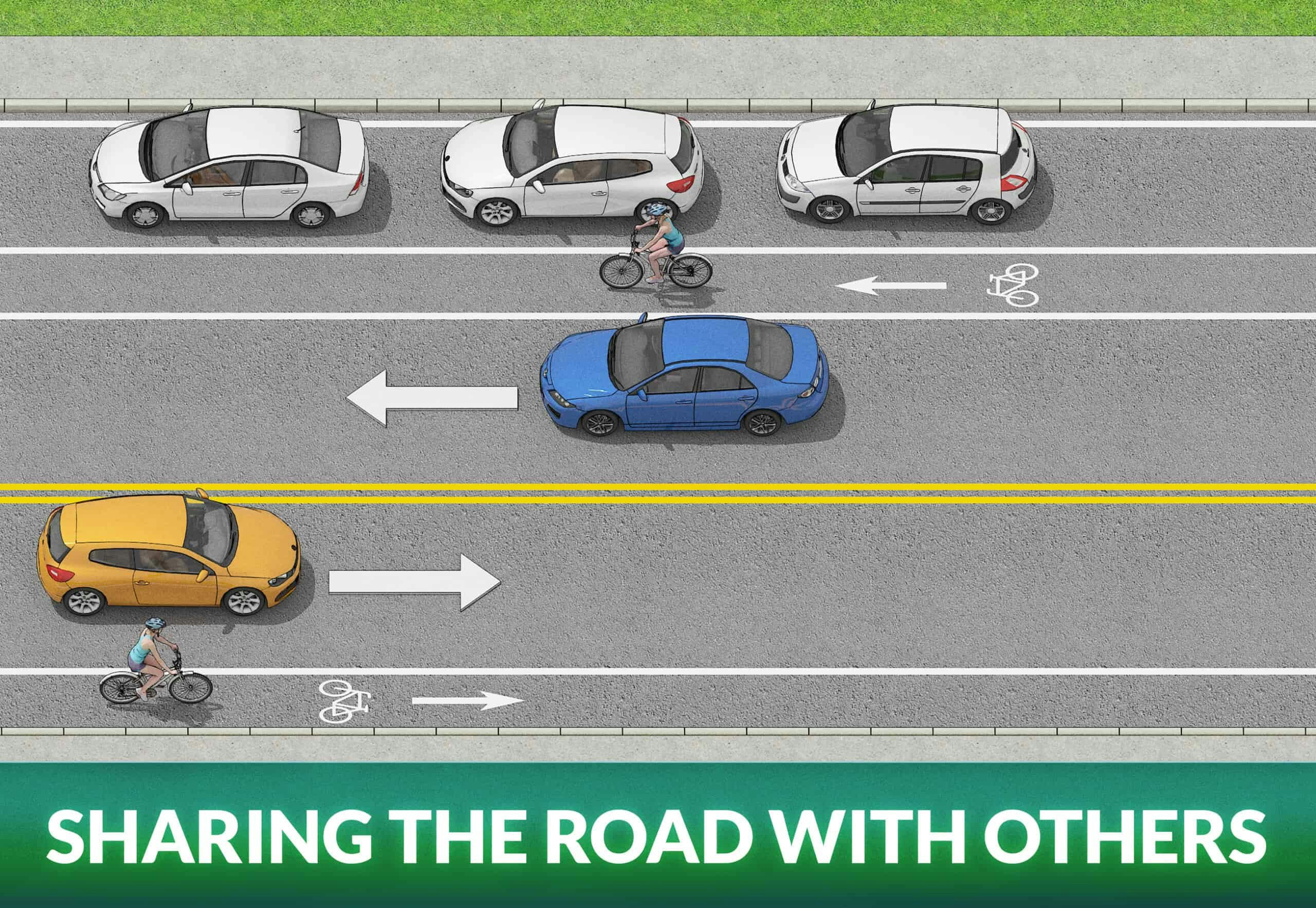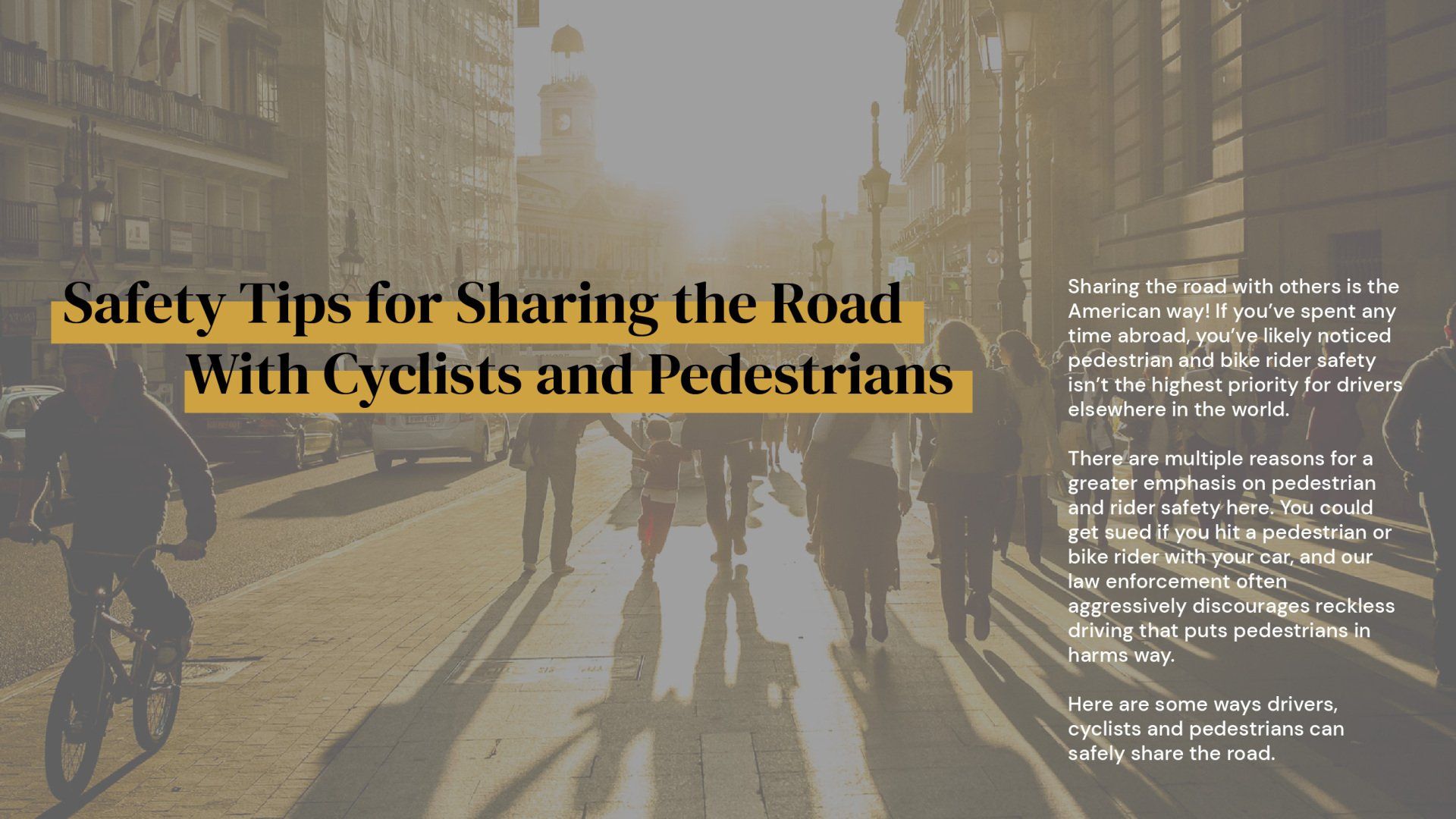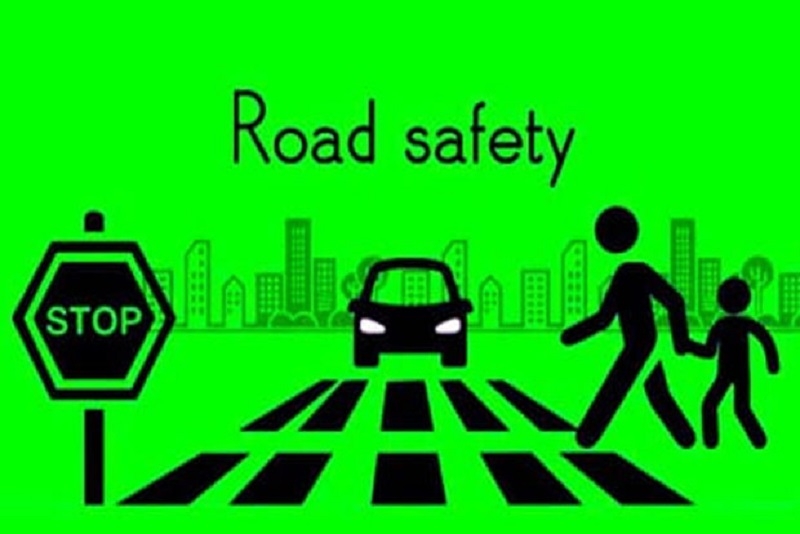Understanding eBikes: Types and Features
eBikes, or electric bicycles, are revolutionizing personal transportation with their eco-friendly design and convenience. These pedal-assisted vehicles integrate a rechargeable battery and motor, enhancing riders’ pedaling power and enabling them to cover greater distances with less effort. eBikes and road safety are essential topics to consider when embracing this new mode of transport.
eBikes come in various types, each designed for specific purposes and terrains. For instance, some eBikes are tailored for urban commuting, featuring sleek designs, integrated lights, and sturdy fenders. Meanwhile, others are built for off-road adventures, boasting robust suspensions, knobby tires, and powerful motors. Understanding the different eBike types and features is crucial for ensuring safe and enjoyable rides.
eBikes typically have adjustable pedal-assist levels, allowing riders to select the amount of motor assistance they require. This customization enables riders to maintain a comfortable and safe riding speed, regardless of the terrain or distance. Additionally, many eBikes are equipped with throttle controls, enabling riders to propel the bike forward without pedaling. However, these features necessitate a heightened awareness of road safety and the responsibility to operate the eBike safely and respectfully.
As eBikes continue to grow in popularity, it is vital for riders, pedestrians, cyclists, and motorists to understand the unique characteristics of these vehicles and the importance of sharing the road. By promoting eBike and road safety awareness, we can create a harmonious and secure environment for all road users.

Road Safety Basics: Sharing the Road with Other Users
eBikes and road safety rely heavily on the fundamental principles of sharing the road with other users, including pedestrians, cyclists, and motorists. By adhering to these principles, eBike riders can contribute to a safer and more harmonious road environment.
First and foremost, always respect traffic laws and signals. Obey speed limits, stop at red lights and stop signs, and use designated bike lanes when available. This not only ensures your safety but also helps establish trust and predictability with other road users.
Maintain a consistent speed and avoid weaving in and out of traffic. This behavior can be unpredictable and may cause accidents. Instead, anticipate potential hazards and signal your intentions well in advance, giving other road users ample time to react.
When sharing the road with pedestrians, always yield the right of way and give them a wide berth. Make eye contact when possible, and use audible signals like a bell or horn to alert pedestrians of your presence. Keep in mind that pedestrians may not be aware of your eBike’s capabilities, so exercise extra caution around them.
Cyclists and eBike riders share many similarities, and it is essential to respect their space and rights on the road. When passing a cyclist, leave at least three feet of clearance and communicate your intentions clearly. If you are being passed by a faster cyclist or eBike rider, move to the right and allow them to pass safely.
Lastly, be mindful of motorists. While eBikes offer many advantages, they may not be as visible as larger vehicles. Increase your visibility by wearing bright clothing, using lights and reflectors, and maintaining a predictable riding pattern. When approaching intersections, be extra cautious and make sure motorists see you before proceeding.
By following these road safety basics, eBike riders can help ensure a safer and more enjoyable experience for everyone on the road.

eBike-Specific Safety Measures: Equipment and Preparation
eBikes and road safety go hand in hand, and one crucial aspect of ensuring a safe riding experience is using the proper equipment and conducting regular maintenance and pre-ride checks. By investing in the right gear and following a simple safety routine, eBike riders can minimize risks and enjoy their rides with peace of mind.
First and foremost, always wear a helmet. A properly fitted helmet is the most critical piece of safety equipment for eBike riders. Choose a helmet that meets the safety standards of your region and ensure it fits snugly and comfortably. Additionally, consider wearing other protective gear, such as gloves, knee pads, and elbow pads, especially when riding off-road or at high speeds.
Proper lighting is essential for eBike safety, particularly when riding at night or in low-light conditions. Equip your eBike with a bright headlight and a rear red light or reflector. Additionally, consider using auxiliary lights to increase your visibility from the side. Reflective clothing and accessories can also enhance your visibility on the road.
Mirrors are another valuable safety tool for eBike riders. A handlebar or helmet-mounted mirror allows you to monitor traffic behind you without constantly turning your head. This can help improve your reaction time and reduce the risk of accidents.
Regular maintenance is vital for eBike safety. Check your tire pressure and tread regularly, and ensure your brakes are functioning correctly. Inspect your chain, gears, and derailleur for signs of wear or damage, and clean and lubricate them as needed. Additionally, make sure your eBike’s battery is in good condition and charged before each ride.
Before every ride, perform a pre-ride safety check. This should include checking your brakes, tires, lights, and other essential components. Familiarize yourself with your eBike’s controls and ensure they are functioning correctly. If you notice any issues or concerns, address them before setting out on your ride.
By investing in the right safety equipment and conducting regular maintenance and pre-ride checks, eBike riders can significantly reduce the risk of accidents and enjoy a safer, more enjoyable riding experience.
How to Ride an eBike Safely: Skills and Techniques
Mastering safe eBike handling skills and techniques is essential for promoting eBikes and road safety. By following best practices and developing good habits, riders can significantly reduce the risk of accidents and enjoy a more enjoyable riding experience. Here are some practical tips for safe eBike handling:
Starting and Stopping: When starting your eBike, always ensure you are in a stable position and that the brakes are engaged. Gradually apply power and release the brakes smoothly. When stopping, plan ahead, and use both brakes evenly. Allow extra stopping distance, especially in wet or slippery conditions.
Turning: Take turns wide to maintain stability and avoid sudden movements. Look ahead and plan your path, signaling your intentions to other road users. Reduce your speed before turning, and lean your body into the turn, keeping your inside foot parallel to the ground.
Navigating Intersections: Approach intersections with caution, scanning for potential hazards. Follow traffic signals and signs, and signal your intentions clearly. Make eye contact with other road users when possible, and be prepared to yield the right of way.
Sharing the Lane: When riding alongside other vehicles, maintain a consistent speed and position. Avoid weaving in and out of traffic, and signal your intentions clearly. When passing, ensure you have enough space and that the lane is clear before proceeding.
Riding in Groups: When riding in a group, maintain a consistent speed and position. Communicate clearly with other riders, signaling potential hazards and changes in direction. Ride single file when traffic is heavy, and always yield to faster traffic.
Riding in Adverse Conditions: When riding in wet or slippery conditions, reduce your speed and increase your following distance. Avoid sudden movements, and be extra cautious when braking or turning. Equip your eBike with fenders and lights to improve visibility and reduce the risk of accidents.
By mastering these safe eBike handling skills and techniques, riders can significantly reduce the risk of accidents and promote eBikes and road safety. Always prioritize safety, and remember that defensive riding is the best way to ensure a safe and enjoyable riding experience.
Legal Considerations: eBike Regulations and Laws
Understanding the legal aspects of eBike usage is crucial for promoting eBikes and road safety. Local regulations, speed limits, and licensing requirements vary depending on the jurisdiction, so it’s essential to familiarize yourself with the laws in your area. Here are some key legal considerations for eBike riders:
Classification: eBikes are typically classified into different categories based on their speed and power output. In some areas, Class 1 and Class 2 eBikes (with a top speed of 20 mph) may be treated like traditional bicycles, while Class 3 eBikes (with a top speed of 28 mph) may be subject to stricter regulations, such as licensing and registration requirements.
Speed Limits: eBike speed limits may vary depending on the jurisdiction. In some areas, eBikes may be subject to the same speed limits as traditional bicycles, while in others, they may be subject to different speed limits. Always follow the speed limits and adjust your speed to the conditions of the road.
Licensing Requirements: In some areas, eBike riders may be required to have a valid driver’s license or a special eBike license. Check with your local Department of Motor Vehicles or transportation authority to determine if licensing is required.
Insurance: While not always required, having insurance coverage for your eBike can provide peace of mind and financial protection in case of accidents or theft. Consider purchasing insurance coverage for your eBike, especially if you use it frequently or in high-traffic areas.
Helmet Laws: Helmet laws vary depending on the jurisdiction. In some areas, helmets are mandatory for all eBike riders, while in others, they are only required for riders under a certain age. Always wear a helmet when riding an eBike, even if it’s not required by law.
By understanding and following the legal considerations for eBikes, riders can promote eBikes and road safety and avoid legal issues. Always prioritize safety and follow the laws in your area to ensure a safe and enjoyable riding experience.
Sharing the Road: Building Awareness and Promoting Coexistence
eBike riders play a critical role in promoting eBikes and road safety. By adopting safe and responsible riding practices, eBike riders can help build awareness and promote coexistence with other road users. Here are some key strategies for sharing the road:
Communication: Clear communication is essential for promoting road safety. Use hand signals to indicate turns and stops, and make eye contact with other road users when possible. Consider taking a riding course to learn and practice safe communication strategies.
Visibility: Increase your visibility by wearing bright clothing, using lights and reflectors, and positioning yourself in a visible location on the road. Make sure your eBike is equipped with functional lights and reflectors, especially if you plan to ride at night or in low-light conditions.
Predictability: Ride in a predictable manner to help other road users anticipate your movements. Avoid sudden turns or lane changes, and follow traffic laws and signals. Use designated bike lanes or paths whenever possible, and be mindful of pedestrians and other cyclists.
Respect: Show respect for other road users by following traffic laws, yielding the right-of-way when appropriate, and avoiding aggressive or reckless behavior. Remember that eBikes are subject to the same traffic laws as other vehicles, so always follow the rules of the road.
By adopting these strategies, eBike riders can help promote eBikes and road safety and build awareness and coexistence with other road users. Remember that sharing the road is a shared responsibility, and everyone has a role to play in promoting road safety.

Case Studies: Successful eBike Integration in Cities Worldwide
As eBikes continue to grow in popularity, cities around the world are exploring ways to integrate eBikes into their transportation systems. Here are some successful eBike integration initiatives that prioritize safety, infrastructure, and public awareness campaigns:
Amsterdam, Netherlands: Known for its bike-friendly culture, Amsterdam has implemented a range of eBike infrastructure, including designated eBike lanes and charging stations. The city also offers eBike rental programs and public awareness campaigns to promote safe eBike usage.
Barcelona, Spain: Barcelona has implemented a comprehensive eBike sharing program, with over 7,000 eBikes available for public use. The city has also invested in eBike infrastructure, including designated lanes and charging stations, and offers eBike safety courses for riders.
San Francisco, USA: San Francisco has implemented a range of eBike regulations and safety measures, including speed limits, licensing requirements, and mandatory helmet laws. The city also offers eBike rental programs and public awareness campaigns to promote safe eBike usage.
Paris, France: Paris has implemented a comprehensive eBike sharing program, with over 20,000 eBikes available for public use. The city has also invested in eBike infrastructure, including designated lanes and charging stations, and offers eBike safety courses for riders.
These case studies demonstrate the potential for successful eBike integration in cities worldwide. By prioritizing safety, infrastructure, and public awareness campaigns, cities can promote eBikes and road safety and create a more sustainable and equitable transportation system.

Future Perspectives: Technological Advancements and Safety Innovations
As eBikes continue to grow in popularity, the industry is investing in new technologies and innovations to improve safety and rider experience. Here are some emerging safety technologies and innovations in the eBike industry:
Advanced braking systems: Some eBike manufacturers are incorporating advanced braking systems, such as anti-lock braking systems (ABS) and electronic braking systems (EBS), to improve braking performance and reduce the risk of accidents.
Collision avoidance systems: Collision avoidance systems use sensors and artificial intelligence to detect potential collisions and alert riders. Some systems can even automatically apply the brakes to prevent accidents.
Connected infrastructure: Connected infrastructure, such as smart traffic lights and bike-specific traffic signals, can improve safety and efficiency for eBike riders. By communicating with eBikes, these systems can provide real-time traffic information and optimize traffic flow for eBike riders.
Smart helmets: Smart helmets are equipped with sensors, cameras, and communication devices to improve safety and convenience for eBike riders. These helmets can provide turn-by-turn navigation, detect potential collisions, and even alert emergency contacts in case of an accident.
These technological advancements and safety innovations have the potential to significantly improve eBike and road safety. By incorporating these technologies into eBike design and infrastructure, the industry can create a safer and more enjoyable riding experience for all.


